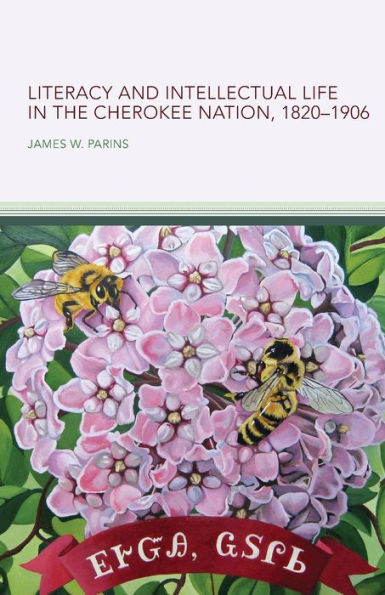5
1

Literacy and Intellectual Life in the Cherokee Nation, 1820-1906
306
Literacy and Intellectual Life in the Cherokee Nation, 1820-1906
306
26.95
In Stock

Product Details
| ISBN-13: | 9780806193151 |
|---|---|
| Publisher: | University of Oklahoma Press |
| Publication date: | 10/17/2023 |
| Series: | American Indian Literature and Critical Studies Series , #58 |
| Pages: | 306 |
| Product dimensions: | 5.50(w) x 8.50(h) x 0.69(d) |
About the Author
From the B&N Reads Blog
